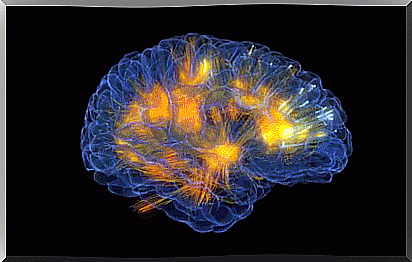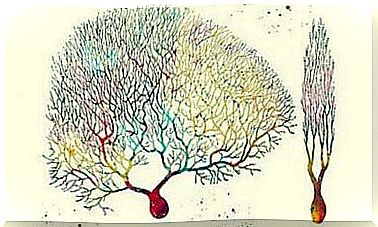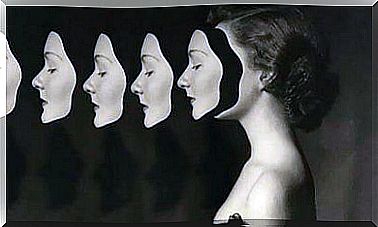Psychology Of Connection: The Art Of Tuning Into The Heart

The psychology of connection tells us that agreeing with some people does not mean that you are also in tune with them. The latter is a magnetism thanks to which a state that is otherwise difficult to access is reached. We find ourselves sharing the same heart rhythm, having a deep and sometimes strange understanding with which to start the best friendships or the most unexpected loves, almost without realizing it.
It is possible that many of our readers right now are surprised. Is there really a psychology of connection? Well, as happens in many areas of psychology itself, it is common for some disciplines to develop in a certain area only to discover that the results obtained can also be applied to others.
As for the psychology of connection, it must be said that it originated in the corporate setting, specifically in the field of marketing. Scholars and commercial directors of large companies were interested in knowing the latent processes that lead the consumer to feel more “in tune” or more attracted to a particular product rather than another.
Sometimes our purchasing decisions are dictated by such unconscious, complex and inexplicable processes that even neuromarketing experts are perplexed. This scientific approach, developed over the course of a decade, has offered a wealth of interesting data and materials to lead many scholars and personality psychologists to detach themselves from the field of marketing to lay the foundations for a branch of their own.
The framework that it offers us is interesting and revealing and involves processes in which neuroscience, the study of the mind and emotions are integrated. All these realms create the so-called psychology of deep connection.

Key points of the psychology of connection
At the beginning of the article we said that being in agreement with someone is not the same as being in harmony with this someone. And this is a fact that we all experience every day. In the various contexts in which we find ourselves, at work, at school, at university, with our neighbors or during our free time, we undoubtedly know many people, we live with them. Yet, in the course of our life we come to “tune in” deeply with only a few of them.
Judith E. Glaser, a psychologist and organizational anthropologist at Harvard University, is one of the foremost experts in the study and application of the so-called “Deep Connection”. In many of his books and studies he explains that we all have an inner voice that in a very short time suggests to us whether something or someone can be relevant or meaningful to us.
We call this voice “intuition” and it is actually located in a specific place within our brain. Let’s look at some key points below.
The deep connection: when our brain “lights up”
Our brain is a rigid entity due to a series of basic needs, among them sociality. For this reason, when in everyday life we meet other people, our brain, so to speak, “lights up”. One of the first areas to react is the rostromedial prefrontal cortex.
There is also another part, however, much deeper, mysterious and fascinating, which lights up almost like a Christmas tree when we meet someone with whom we feel a much more intense harmony. This particular area is located right where the temporal lobe and the parietal lobe meet.
Neuroscientists tell us that this is exactly where our judgments develop, and this is where our most abstract, most complex and for a few moments even inexplicable cognitive processes take place.

Processes at the basis of the psychology of connection
We’ve all heard that sometimes just a glance is enough to connect with someone. It must be said that it is a half truth and that it is not enough to define what we refer to as “deep connection”. The great experts in this field argue that this intimate and revealing bond overcomes many more barriers.
- The profound connection goes far beyond the looks, because although it arises from interaction and relationship, it is made concrete above all through a precise, magical and meaningful word for everyone: “share”.
- When we share intimate aspects with someone, when we make confidences, when we share values, passions and tastes with other people, our brain releases “oxytocin”.
Neuropsychologists explain to us that oxytocin is the neurotransmitter that acts as an essential ingredient in establishing those meaningful connections with our best friends or our partner. In bringing these significant figures into this private, deep and charismatic territory of our mind, we feel safe, at ease, confident… but above all happy.

In conclusion, although in everyday life it is not easy to build these compromises, these bonds so strong and so magical, we must not lose hope. The key is to apply three simple rules in our daily interactions: openness, trust and sincerity.
What has to happen will happen soon and we will notice it quickly: our brains and hearts will respond intensely to this very special person.









